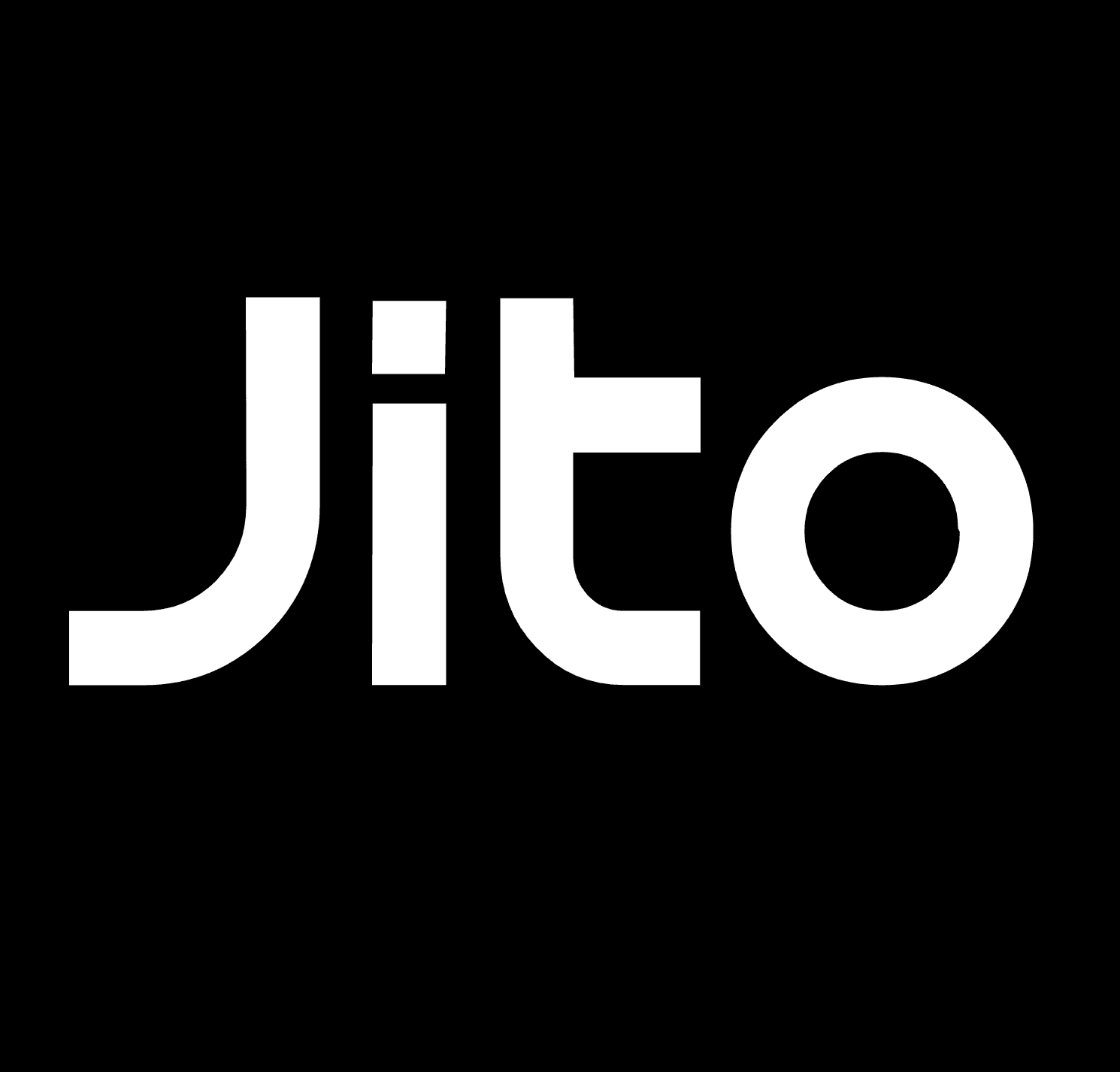Lending Markets on Solana



The practices of borrowing and lending have been around since the inception of financial markets, enabling market participants to lend capital to those who may need to borrow it in exchange for a premium known as interest. However, over the course of time, financial services have become largely inaccessible for many people across the globe as TradFi service providers imposed requirements, i.e., credit score, proof of income, etc, which pose critical barriers to entry for many. This gave rise to the premise of building decentralized alternatives to financial services, such as borrowing and lending.
Decentralized borrowing and lending protocols allow anyone with the capital to borrow or lend funds through a self-custody wallet. Smart contracts enable automated borrowing and lending functionality to replace the inefficiencies of central intermediaries. The concept dates back to the launch of Maker in 2018, which enabled anyone to borrow the DAI stablecoin by depositing their ETH into a smart contract as collateral, the first iteration of a decentralized borrowing protocol.
This model introduces robust risk management considerations, such as requiring the value of collateral to be greater than the value that can be borrowed, enforced through programmed collateral requirements and liquidation thresholds. As a result, decentralized borrowing and lending markets remain one of the most critical verticals in DeFi.
Solana Lending Markets Today
Today, lending markets on Solana have accrued up to $1.53B in value, accounting for nearly a quarter (23%) of total network TVL. Borrowers and lenders can access a variety of assets, from LSTs to memecoins to stablecoins, across different permissionless protocols, each providing their own respective markets with varying borrow and lend parameters. In order to bootstrap liquidity, some protocols may offer incentives for borrowing and lending activity, such as token emissions or, more commonly today, points programs.
But why should users on Solana care about borrowing and lending at all?
Let’s say Bob, a long-term SOL believer who has staked with the Jito Stake Pool and now holds JitoSOL, wants to purchase the latest trending memecoin and mint an upcoming NFT collection from his favorite artist. To maximize the utility of his capital, Bob can borrow a certain amount of USDC against his JitoSOL using a protocol like Kamino Finance, spend the USDC, and repay the loan plus interest when he wishes to close his position.
Conversely, let’s say Alice, who has also staked her SOL with Jito, prefers to earn income passively and does not have time for trading memecoins or NFTs. While earning yield from MEV rewards and block rewards by holding JitoSOL, Alice may want to further increase the return on her capital by using a protocol like MarginFi to lend out her JitoSOL.
In both of these scenarios, the functions of borrowing and lending enable market participants of various risk tolerances and investment approaches to benefit from the deployment of otherwise idle capital into further value-accruing operations.
Lending Platforms on Solana
There are several markets available today on Solana for users to borrow and lend assets, such as JitoSOL. It’s important to note certain parameters, such as the borrow/supply caps, loan-to-value, and the APY, vary by individual market and are dependent on the autonomous interest rate algorithms programmed into the underlying smart contract code.
Kamino Finance JitoSOL Markets

Kamino Finance, the largest lending protocol on Solana today, lets users borrow and supply their JitoSOL through its K-Lend product. At the moment, lending of JitoSOL is capped at 2 million JitoSOL, while borrowing is capped at 250,000 JitoSOL, and borrowers can borrow up to 45% of the value of their collateral. At the moment, Kamino is also incentivizing deposits through its ongoing points program, distributing its KMNO token to users, including borrowers and lenders.
MarginFi JitoSOL Markets

MarginFi also offers JitoSOL borrowing and lending markets through its mrgnlend product. Users must first lend out funds in order to be able to borrow additional funds. Note that lending deposits are capped at 2 million JitoSOL, borrowing is capped at 500,000 JitoSOL, and borrowers can borrow up to 77% of the value of their collateral. Marginfi is also running a points program, which will likely be attributed to a future token distribution, as a means of incentivizing liquidity and users.
Solend JitoSOL Markets
Solend pioneered borrowing and lending markets on Solana and was one of the first protocols to exist in the ecosystem altogether, offering various global and isolated liquidity pools with permissioned and permissionless deployment options available. In the main pool, JitoSOL deposits are capped at 200,000, and borrows are capped at 500,000, allowing borrowers to borrow up to 58% of their loan amount.

Conclusion
Though Solana’s lending markets may pale in size relative to that of Ethereum, it is important to consider that the first decentralized borrowing and lending platforms, which still make up the majority of lending TVL today, originated at a time with fewer available environments to build on, therefore benefiting Ethereum as a first-mover. Solana offers superior performance in throughput and speed, and though Solana’s lending markets hold just 10% of the value on Ethereum today, Solana’s lending TVL is up over 4000% post-FTX-collapse. Solana users can access key financial services like borrowing and lending, allowing them to maximize the capital efficiency of their assets, such as JitoSOL.

The onset of decentralized borrowing and lending services has enabled new mechanisms for capital efficiency through the use of digital assets. As the adoption of crypto services continues to advance, it could be imagined that more people across the globe turn to decentralized borrowing and lending protocols as viable financial alternatives to their traditional and antiquated counterparts.
Disclaimer: None of the content in this article should be construed as financial advise. It is for information purposes only. Always do you own research.